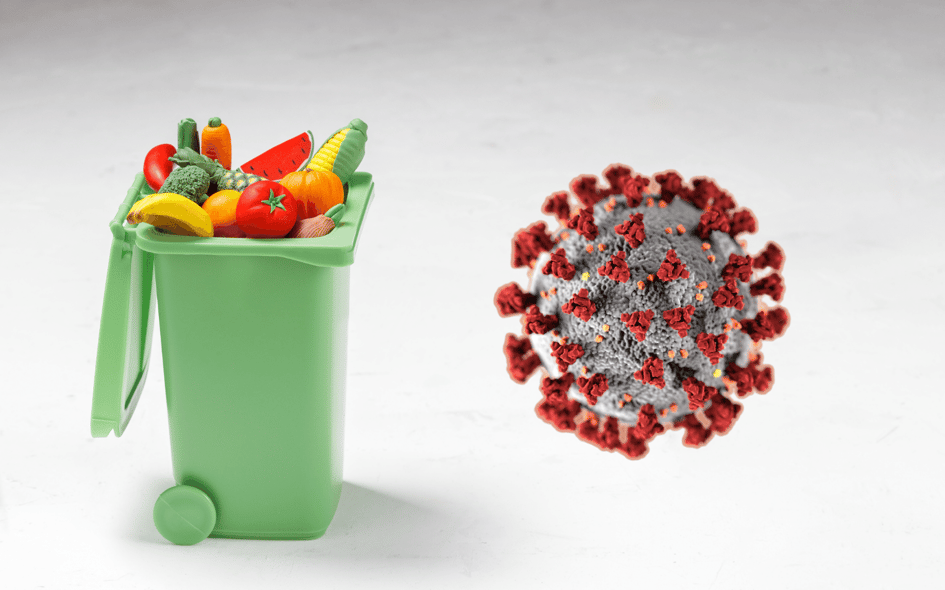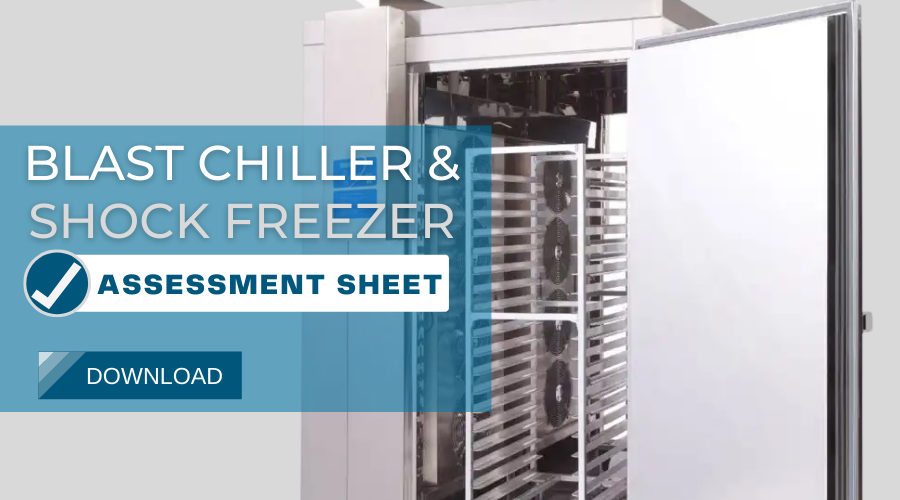
The notion of food waste is nothing new to the foodservice industry. Studies have shown we waste up to one-third of the entire global food supply, but this is just one of the important food waste statistics worth monitoring. One statistic people don't think about when it comes to food waste is COVID-19.
In restaurants, food can be wasted in one of two areas; Front-of-the-house and back-of-the-house. In the front-of-the-house, it's created by plate waste; meals that are not finished by guests and ultimately end up in the trash can. In the back-of-the-house, food waste is most often caused by ingredients that go bad or are not used beyond a "best by" date.
The COVID-19 pandemic has impacted the amount of food waste created, both good and bad. For many food producers and processors, initial shutdowns led to crops rotting on the vines or shipments canceled due to operators being forced to close. The concept of essential businesses forced some restaurants to close in some locations, while in other places they remained open. This uncertainty impacted production, processing, and distribution.
In the restaurants themselves, a Farmdoc Daily report listed the impacts these closures had on food supplies already in restaurants. Whether on shelves in dry storage or in walk-ins, many food items went bad and were forced to be discarded because restaurants were unable to reach their customers.
At the same time, especially in terms of residential food consumption, some reports showed a decrease in food waste as people looked to stockpile ingredients and use them all, in some cases just to reduce the need to shop. Fewer touch-points, in both restaurants and in retail grocery settings, became a desired quality during the pandemic.
There will be a return to a more normal stance on food waste, though, one in which foods are wasted in the back of the house because ingredients simply go bad. This is when operations should consider reducing waste with a blast chiller.
Blast chilling is an efficient way to move food to ideal storage conditions while retaining the desired qualities of ingredients by maintaining their cellular structures. This extends shelf life, reducing the amount of food a restaurant wastes. While we may not be able to impact how much food a customer throws away, we can impact those totals in the kitchen.
Thermo-Kool is here to help. We've put together a Blast Chilling Assessment Sheet to help you determine all the important factors and considerations to blast chilling and shock freezing in restaurants. Download your copy today.
